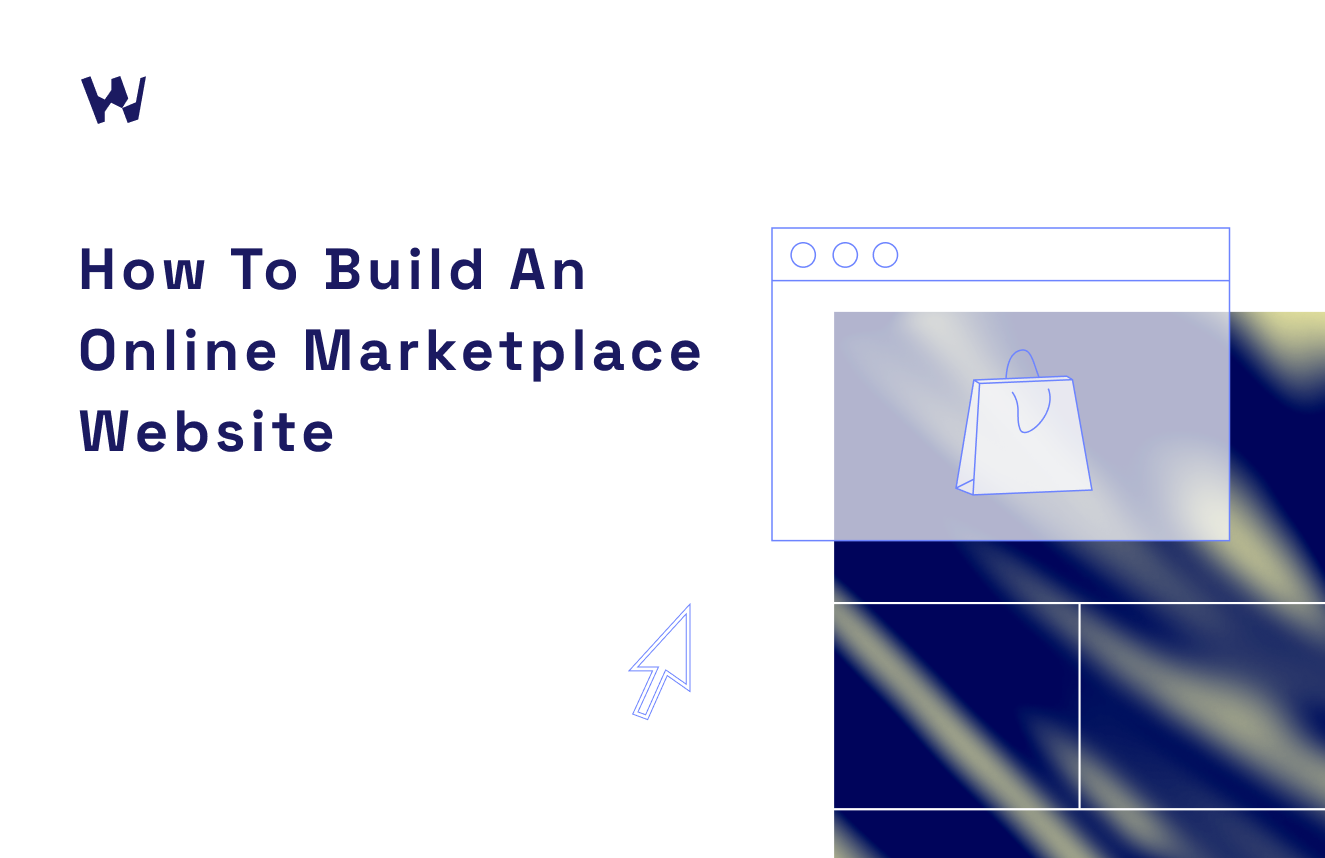How to Build an Online Marketplace

In today's digital age, online marketplaces have become a hub for businesses and consumers to connect, trade, and grow. From behemoths like Amazon to niche platforms tailored to specific industries, there's an evident shift in the way commerce operates.
With about 79% of consumers in the USA shopping online — there will always be an opportunity for a new business to enter a market. But how do you create an online marketplace that stands out?
Let's explore the seven key steps involved in building a marketplace website.
1. Define your niche and value proposition
Before you even start thinking about how to create a website like Amazon, it's essential to identify the unique selling proposition (USP) of your marketplace.
What will make yours stand out amidst the noise? Understand your target audience, their needs, and how your marketplace can cater to those needs.
2. Choose the right platform
When you're creating a marketplace, the foundation plays a pivotal role. There are several platforms available that can help you build marketplace sites. Depending on your technical expertise, you can opt for:
Ready-to-use platforms like Shopify or WooCommerce with marketplace extensions.
Dedicated marketplace solutions like Sharetribe or CS-Cart Multi-Vendor.
Custom-built platforms, developed from scratch, tailored to your unique requirements.
If you’re opting for a custom solution that will run smoothly on every platform — consider the Webmil team, and check our technology stack and work approach to be sure that we’re fit.
3. Design and user experience
To create a marketplace website that's both functional and visually appealing, focus on a clean design and intuitive user experience. Here are some considerations:
- Responsive Design: Ensure that your online marketplace looks and works seamlessly across devices.
- Simple Navigation: Make it easy for users to find what they're looking for.
- Clear Call-to-Actions (CTAs): Guide your visitors to the desired action, whether it's signing up, listing a product, or making a purchase.
With a cart abandonment rate of 70%, it’s crucial to make a design that converts, make navigation clear, and place calls to action without spamming them too much.
4. Features and functionalities
An online marketplace is not just about listing products or services. It requires an array of features to ensure smooth operations at every step of purchase:
- User Profiles: Allow sellers and buyers to create detailed profiles.
- Secure Payment Gateways: Implement secure payment methods to build trust.
- Search and Filter Options: Help users find exactly what they're searching for.
- Reviews and Ratings: Establish credibility by letting users review products and sellers.
While those steps may sound like something you’re used to — it’s important to implement them in your business in order to succeed.
5. Implement robust security measures
When people think of how to create an online marketplace, security should be paramount. Ensure the protection of user data and transactions.
Use the following as a checklist of the most important security measures:
- SSL certificates: the certificate ensures that all data transmitted between the user's browser and the website is encrypted and secure.
- Data encryption: apart from using SSL, it's vital to encrypt sensitive data stored in your databases.
- Regular security audits: conduct periodic security audits to identify vulnerabilities in your marketplace.
- DDoS protection: employing DDoS protection tools can help you detect and mitigate these attacks before they affect your service.
- Multi-factor authentication: This could be done using a special code sent by email, a smartphone to receive a code, or a fingerprint or facial recognition.
- Regular backups: this ensures that even in the event of a cyber-attack, data loss, or technical glitch, you can restore your platform to its normal state.
- Firewalls: they act as a barrier between a trusted and an untrusted network, blocking malicious traffic.
- Anti-malware software: implement software that can detect, prevent, and remove malicious software.
- Strict access controls: use the role-based access controls to ensure that employees can only access data relevant to their job functions.
- Secure payment gateways: if your marketplace handles transactions, it's essential to use trusted and secure payment gateways.
It may look like it’s a lot, but it might be essential to keep your business and users safe.
6. Launch and test
Once you're ready to build a marketplace website, it's time to launch and gather feedback. But remember, the launch isn't the end; it's just the beginning. Continuously gather feedback, make necessary tweaks, and ensure your platform remains updated and bug-free.
7. Marketing and growth
Implementing SEO strategies as you build your online marketplace will increase organic traffic and improve your website's ranking on search engine results pages (SERPs). This is essential for attracting vendors and customers to your platform.
After creating and optimizing a marketplace, marketing becomes essential. Use various digital marketing strategies, partnerships, and promotional offers to attract both sellers and buyers to your platform.
In conclusion
Building an online marketplace requires a blend of strategic thinking, choosing the right technology, and offering an impeccable user experience.
Whether you're contemplating how to build a marketplace website from scratch or leverage existing platforms, the above steps will guide you in crafting a platform that's both functional and profitable.
If you have any more questions related to marketplace creation feel free to contact us!